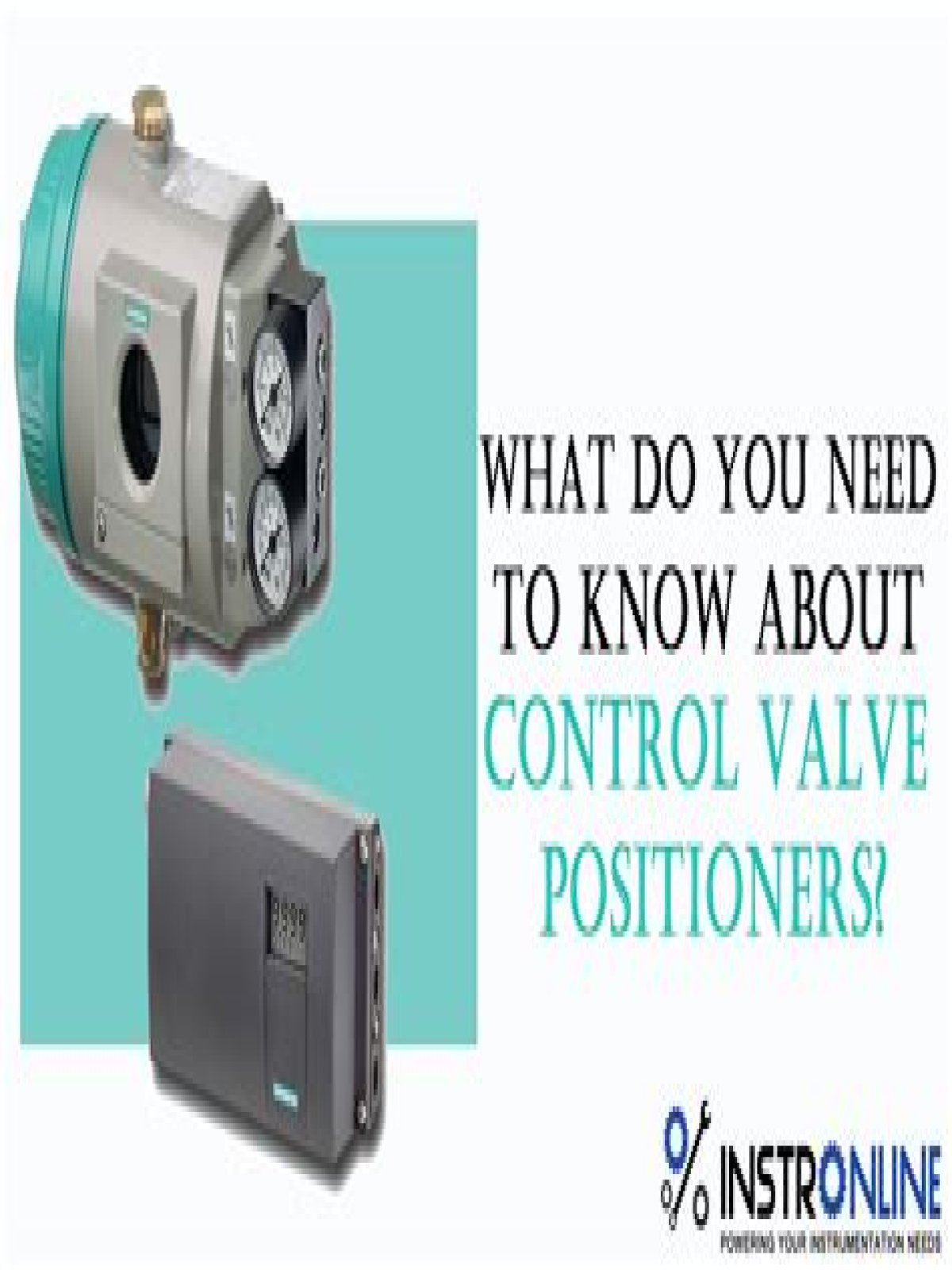What do you need to know about a valve positioner?
A valve positioner consists of a very high gain amplifier- this may be pneumatic, electropneumatic etc, and a feed back link which detects the actual position of the valve. The required movement is for the valve to close.
How does a pneumatic control valve positioner work?
Pneumatic control valve positioners use a pneumatic input signal to send pressure for opening or closing the valve. Others use analog signals to do the same thing. Smart control valve positioners can even change analog signals to digital to control your valves.
Why is the stem position of a pneumatic valve linear?
The reason why a pneumatic control valve’s stem position corresponds linearly to the amount of air pressure applied to the actuator is because mechanical springs tend to follow Hooke’s Law, where the amount of spring motion () is directly proportional to applied force ( ).
What are the three parts of a control valve?
Control valves have three main parts: body , actuator, and positioner. This article explains the various control valve positioner types. We will go into how they work, as well as their applications, advantages, and disadvantages.
What do you need to know about valve positioners?
In this post, we’ll cover the basics of valve positioners in general, as well as an overview of the different valve positioner types. A valve positioner is a device that adjusts the valve actuator’s position based on a control signal. These positioners are best used in control applications because of their precision.
Pneumatic control valve positioners use a pneumatic input signal to send pressure for opening or closing the valve. Others use analog signals to do the same thing. Smart control valve positioners can even change analog signals to digital to control your valves.
How is the positioner connected to the valve stem?
For either configuration, the positioner is connected mechanically to the valve stem or valve shaft. This allows for the valve’s position to be compared with the position requested by the controller.
How does the valve positioner speed up the valve response?
To speed up the valve response. The positioner uses higher pressure and greater air flow to adjust the valve position; To increase the pressure that a particular actuator and valve can close against. (To act as an amplifier); When valves are handling sludge or solids in suspension.
